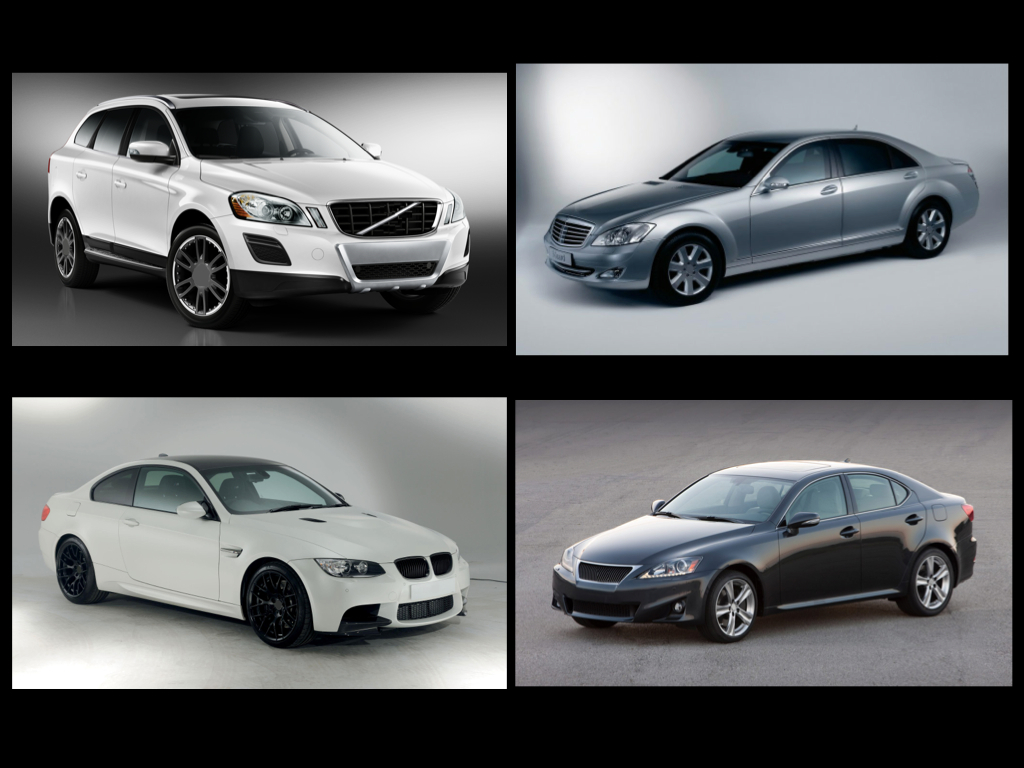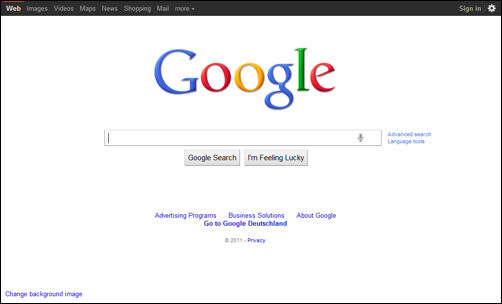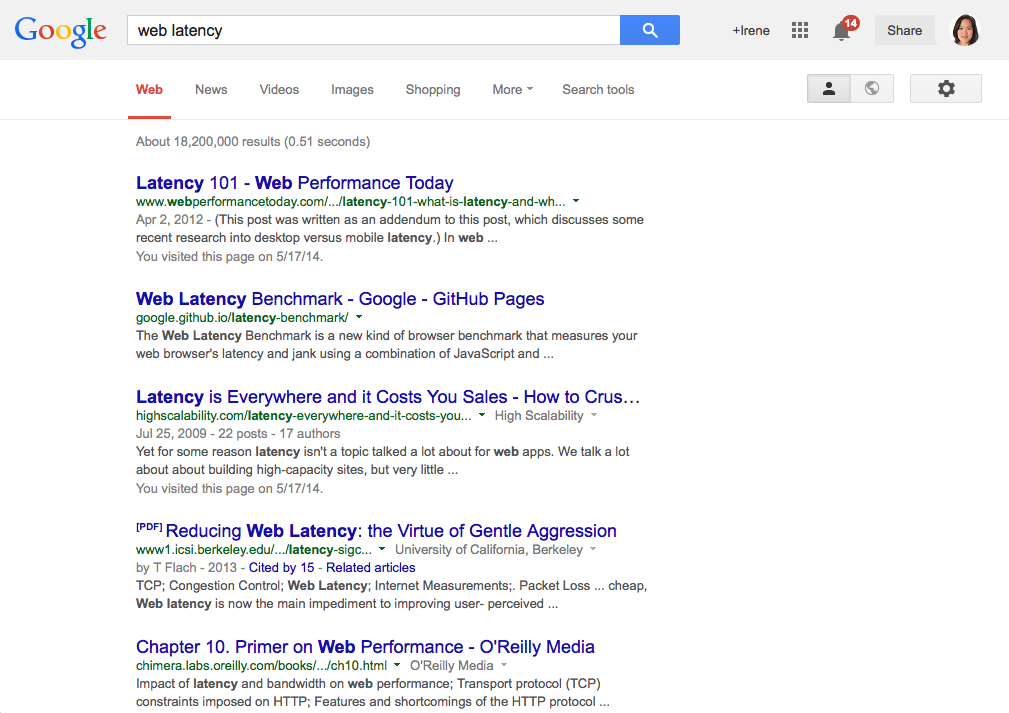Khosla Ventures’ operating partner for design, Irene Au, shares her thoughts on design, why it’s important, and how to make it central to your business.
I joined Khosla Ventures as an operating partner two weeks ago, focusing on design for the portfolio companies. At the annual KV Summit this week, I had the opportunity to share my thoughts on design with the CEOs in our portfolio companies.
Design is as important as technology
Today, design is as important as technology. I was meeting with a startup last week when the principal architect asked me why is design more important now than ever before? And to answer that, let’s reflect on the evolution of automobile design.
When the Model T first came out, the focus was on getting the technology right. We labored over getting the car from point A to point B and laying infrastructure down to support automotive networks. Back then, consumers did not have much choice in the design of their car. Cars were offered in black, black, or black, in this style only. Then, as technology and infrastructure became good enough, design became the differentiator. It wasn’t enough for your car to be fast, but it also had to look fast, or expensive, or powerful. Design has become the differentiator for the car market.

Similarly, in the early days of the internet, the major challenges of the day were focused on getting it to work, reliably moving packets from A to B across proxies and servers and operating systems. Technology was so expensive that it required a lot of capital to form a company, and the technology was not yet widely in the hands of most consumers.
We’ve reached a stage where technology is now good enough. We have sensors and chips where we need them when we need them. We have compute cycles either in the device or in the cloud. We have storage for us to save every moment of our lives in high definition. Bandwidth is now fast enough that the internet just feels like it works. Not to say all the problems are all solved or that this future is evenly distributed across the planet, but the challenges of product development are now shifting towards building useful and emotional experiences that people get from using and interacting with technology.
Another factor driving the rise of design particularly in enterprise markets is the consumerization of IT. As consumer users, we enjoy the simplicity and power of applications like Google Docs and Gmail, and we don’t want to spend 10 hours a day in Microsoft Office and Outlook anymore. Google had an explicit strategy of spoiling users at home so they would demand the same tools at work. Moreover, younger generations are just living on the internet, and this is what they know and feel comfortable with.

DESIGN is BRAND
Let’s play a game… I airbrushed the logos out of some car pictures. Can you identify what car this is?

Some of these cars are easily recognizable. Why? They include design elements that get carried over from generation to generation, and across each model car in the portfolio. The design of these cars is so consistent that you instantly recognize what they are. The cars that are less recognizable suffer because they lack this consistency. Lexus, for example, changes their designs every 2-3 years, which makes our mental models of what the car looks like less stable in our minds and thus harder to recognize.
When we think of brands, we think of logos and identities. But these are just symbols that represent companies. A company’s brand is consumers’ perception of that company, and that perception is built up over time, through experiences. When a consumer is interacting with your company through any capacity, you are literally in the process of creating your brand. Because consumers are interacting with companies mostly through their products, the fastest way for companies to build a strong brand is through design consistency. Thus, design is the brand.
Good DESIGN is SIMPLE
Here are some products designed and sold by Muji. Muji is a Japanese company that sells common affordable household items with better design and lower cost packaging. Muji refers to its design philosophy as “Kanketsu”, which translates into “Simplicity”. Their aim is to “bring a quiet sense of calm into strenuous every day lives”. There is a Zen-like quality to their product design, and even though these products are simple and affordable, they don’t feel disposable.

... but is very DIFFICULT to achieve!
Simplicity is easy to say but hard to do. Let’s look at the evolution of the Google home page as a case study. This is what Google looked like in 1999….







It wasn’t until 2014 that Google truly achieved a simple home page, even simpler than what it looked like when it first launched. It took 15 years in the making of a company to achieve this level of simplicity, and certainly not because of lack of will or talent. That it took this long shows how difficult it is to achieve simplicity in the face of many people’s opinions, competing agendas, and growing product requirements and features. It's a simple design, but was an incredibly difficult journey to get there.
Great DESIGN is TIMELESS
Let’s look at the products from Braun produced in the middle of the last century, under the direction of Dieter Rams. Dieter Rams joined Braun in 1955 and had a forty year career there, eventually becoming their Chief Design Officer. The key principle that drove the design direction for all of Braun’s products during this era was “Less, but better”, the idea being that the products would be stripped down to only what is essential, that the essential would be amplified, and made better. These products are so streamlined that they are elegant and modern, and still relevant, even though they were designed decades ago.

Whether we’re talking about product design or graphic design, great design is iconic. It’s not a fad, not showy, not trendy, not easily thrown away.
DESIGN is the DETAILS
Design is all about the details, yet it’s the details that we often overlook, or take for granted, or forgo because we don’t have the time or resources. But there is no great design unless there is great attention paid to detail.
The details matter because they directly impact how we feel about a product or service after we interact with it. For example, here is a picture of a typical bridge with wrought iron railing. The vertical slats make you feel like you’re in prison. In Japan, when you look at railing, you get the sense that people are always thinking about how they can make even the mundane delightful.

Manhole covers are another example. A typical manhole cover in the US looks like this:

Yet when you look at manhole covers in Japan, every single manhole cover is beautiful, inspired, and different, making the journey through the streets of Japan more entertaining and joyful.

In some contexts, attention paid to design details means the difference between delighting your users or not. In other contexts, insufficient attention paid to design details can impact conversion, adoption, engagement, and user trust.
DESIGN is EMPATHY made tangible
Design details include not only how things look but also how they work, their ability to satisfy your needs, and the emotions you feel from interacting with them. To create a great experience for users requires tremendous empathy for others, an understanding of their needs and motivations.
Let’s look at another example from Japan. Here is a ticket counter at a subway station. At the edge of the counter is a plastic strip, placed there so one can rest their umbrella or cane there while they fish out money for their ticket. Whoever designed this must have had tremendous empathy and compassion for people to have the insight to include this detail here. And whoever was writing the check for the creation of these ticket counters must have supported whoever had that design insight.

Going back to the Google Apps example, we use Google Apps, not just because the apps are simple and easy to use, but because of what they allow us to do. The ability to collaboratively create and edit documents in real time, the ability to archive and search email, are functionality that people need, even if they didn’t understand that they wanted to do be able to do those things before they existed.
DESIGN is INTENT
There was a study across 160 websites that looked at the impact of latency on the user experience. Just a delay of one second, resulted in a 7% decrease in conversions, 11% in page views, and 16% decrease in customer satisfaction.
Google really took this design insight to heart. While Braun’s design principle was “Less but better” and Muji’s was to “bring calm to people’s stressful lives”, Google’s main design principle has always been “Fast”. This principle has informed every design decision, and is reflected throughout the experience. For example, we show how long it takes to serve a search result. We strip away the page of clutter so users can better focus on the results. We know from human interface research that black text against a white background provides the best contrast for reading text on screens, thus enabling people to get to their destination faster.
While the insight that latency matters was very much a design driven insight, the commitment to speed went beyond the purview of the design team. This value permeated throughout the company, from billions of dollars of capital outlay to create infrastructure to make web search as fast as possible to company OKRs centered around reducing latency. This aspect of the user experience could not have been achieved without a company wide commitment.
When we think about design, we often think about how a product looks. As makers of technology we might also understand deeply that design is not just about how a product looks but how it works: components that enable people to use your product, and how it all fits together. All that cascades from your company’s strategy, values, and principles, and the scope of the problem you choose to tackle. All of that manifests itself in the design of the experiences you offer.

Just as a person’s posture can reflect his or her inner state, so does your product’s design reflect the state of your company. I’ve seen org charts, power struggles, and agendas manifest through design. I’ve seen the absence of strategy, values, principles, and a clear point of view manifest through design. You need to think about design from the inside-out. You can’t fix your design without fixing these deep issues and this is why every CEO is a designer, whether they recognize it or not. If your expectation is that your design team can work around or patch over your company’s organizational issues, power struggles, and agendas, or lack of strategy, clear values, principles, or point of view, you’re shunning your responsibility in making design great for your users.
Good DESIGN is THOUGHTFUL
 I’m a fan of 80s alternative music. While preparing for this talk, I was reminded of a song from one of my favorite bands from that era, Love and Rockets. In that song, “No New Tale to Tell”, they sing “You cannot go against nature, because if you do / go against nature / that’s part of nature too”. I think this is a nice way to think about design. You cannot have “no design”. Because whatever you end up with, whether you pay attention to design or not, is your design. There is only careless design or thoughtful design. Choose to design thoughtfully.
I’m a fan of 80s alternative music. While preparing for this talk, I was reminded of a song from one of my favorite bands from that era, Love and Rockets. In that song, “No New Tale to Tell”, they sing “You cannot go against nature, because if you do / go against nature / that’s part of nature too”. I think this is a nice way to think about design. You cannot have “no design”. Because whatever you end up with, whether you pay attention to design or not, is your design. There is only careless design or thoughtful design. Choose to design thoughtfully.




